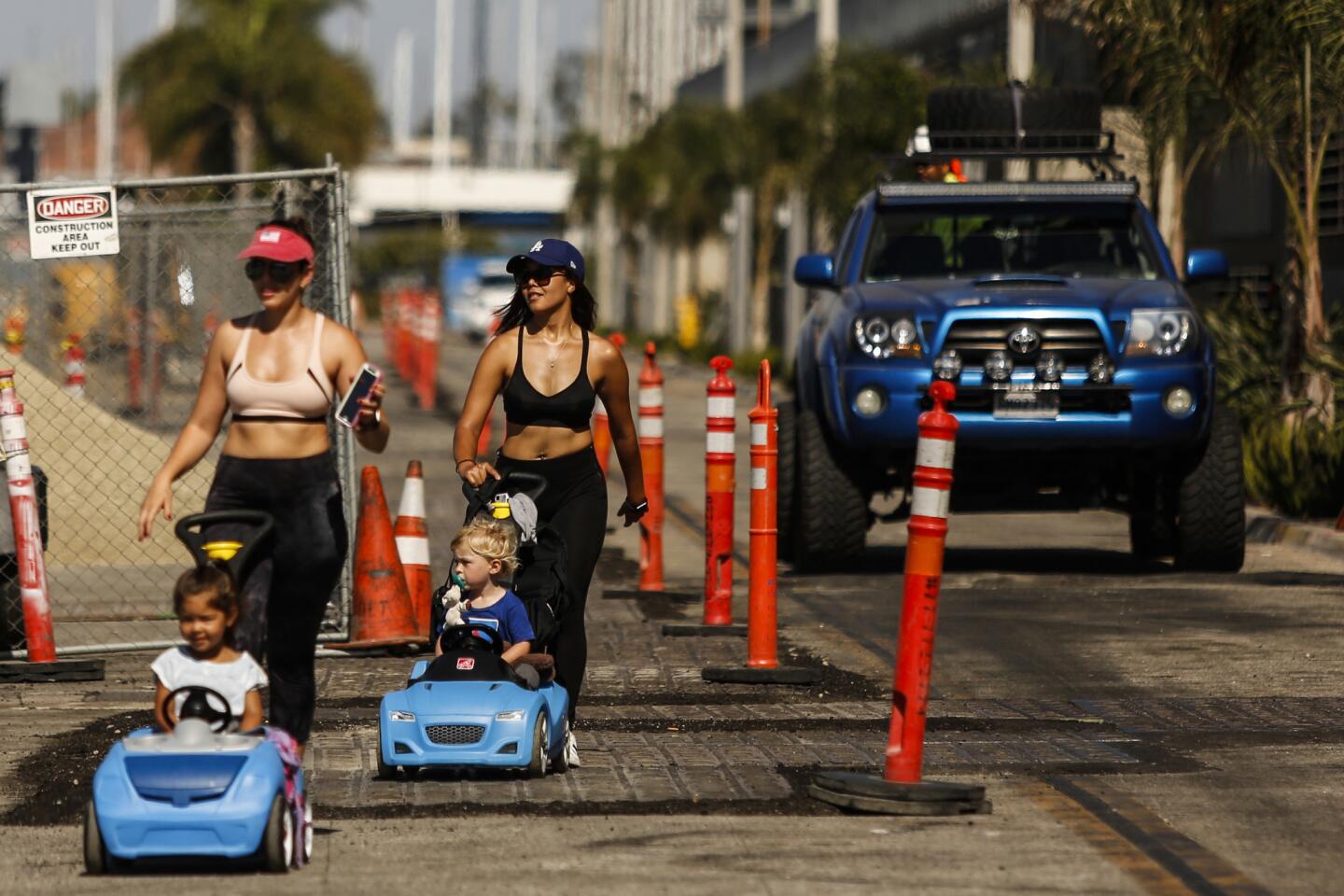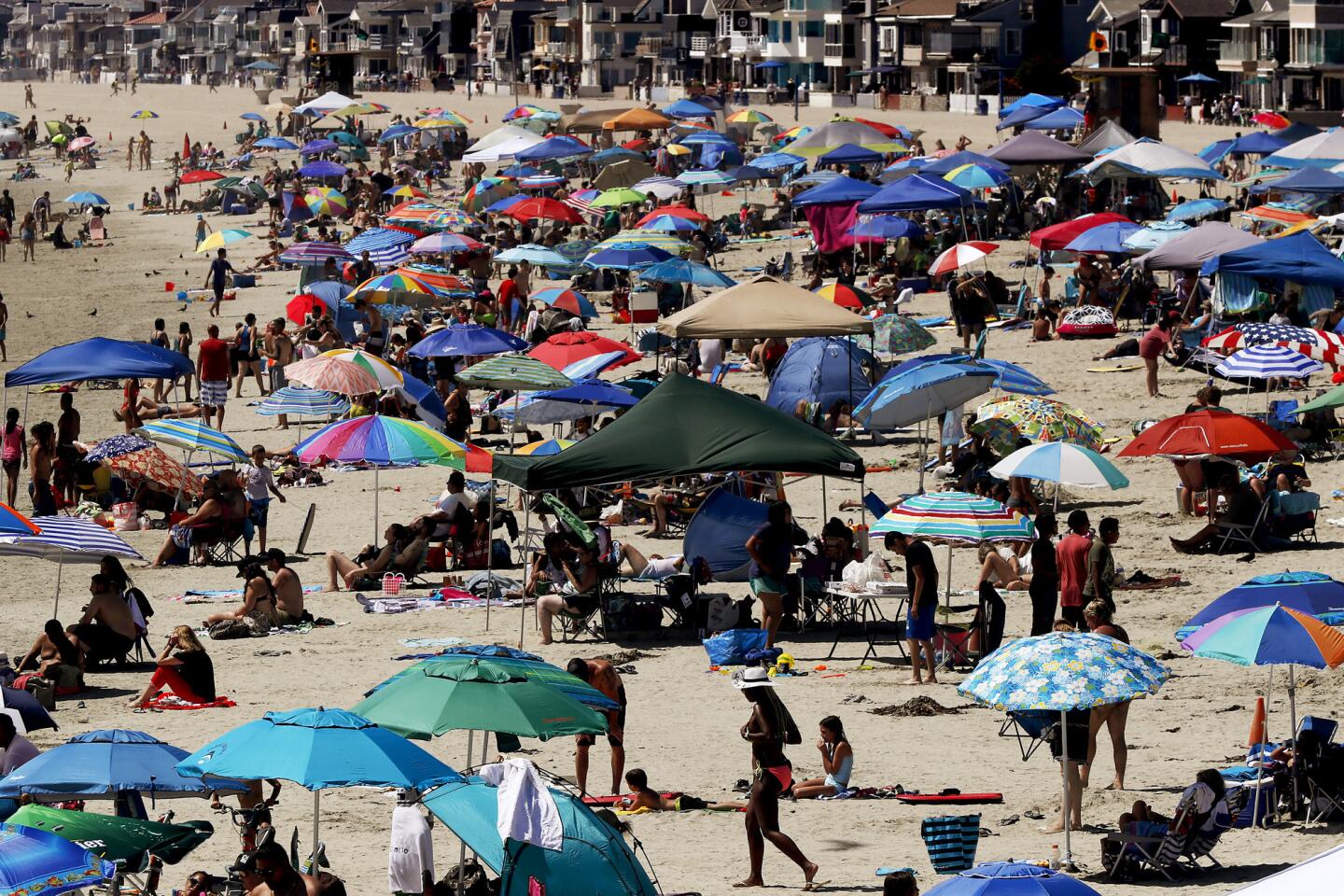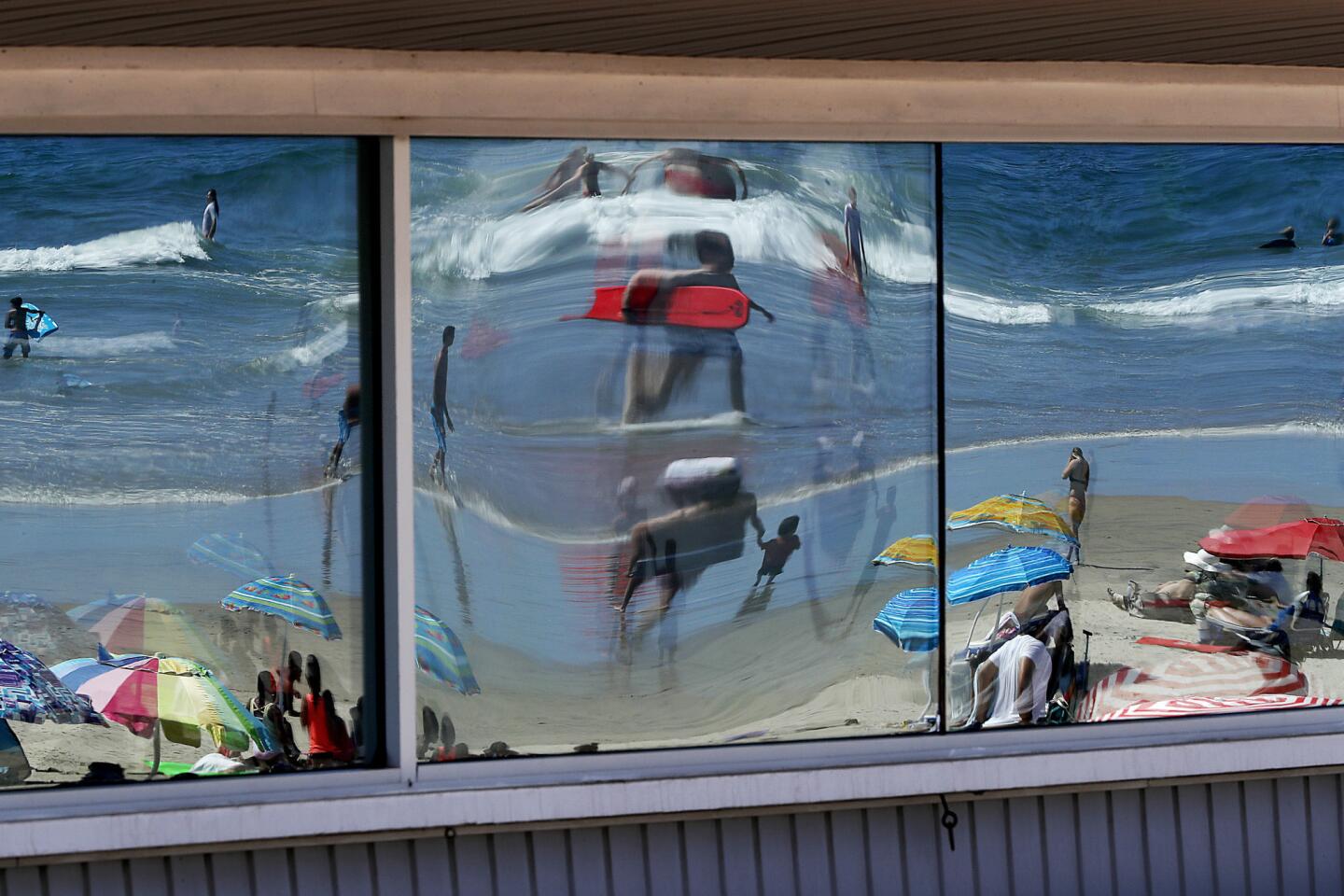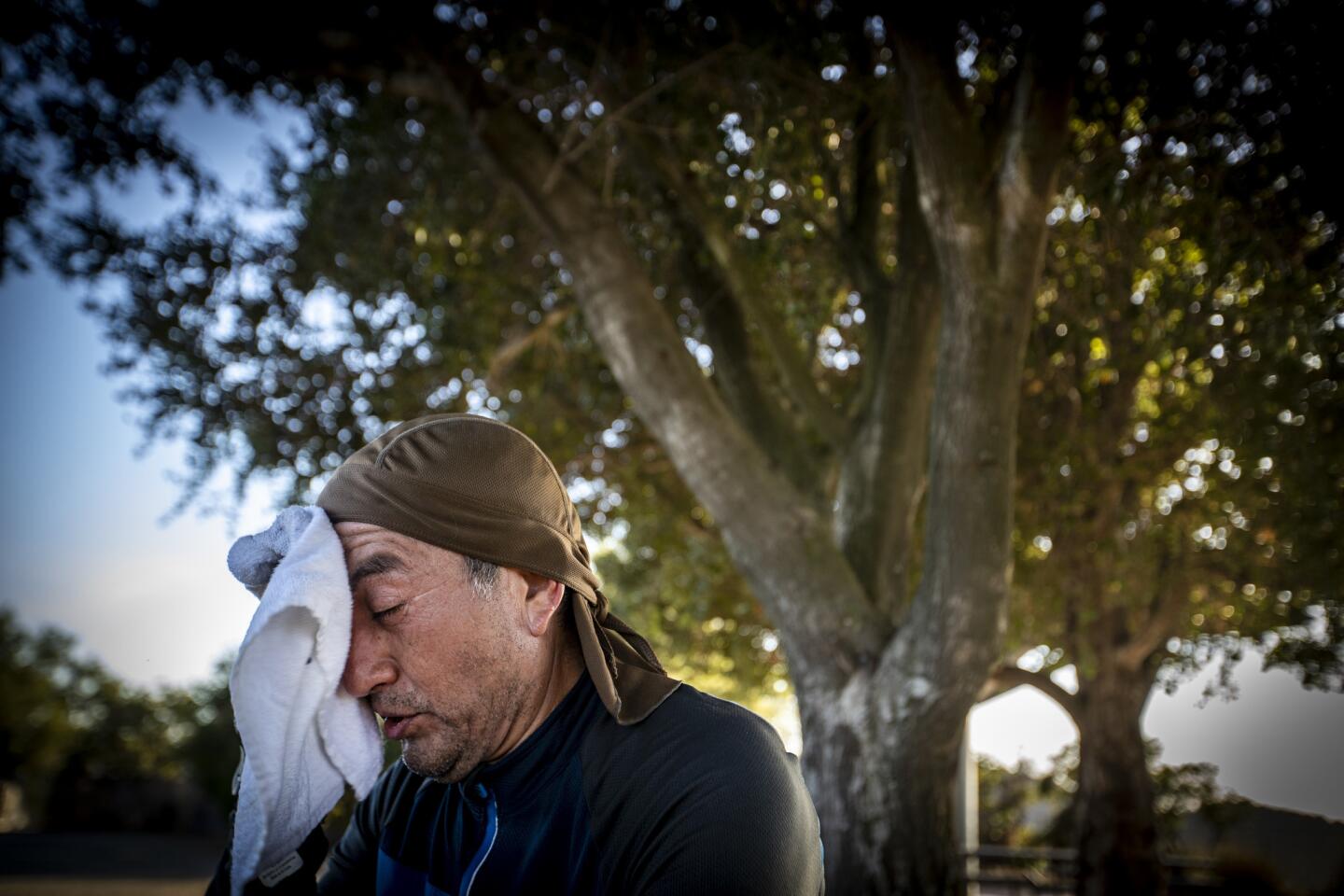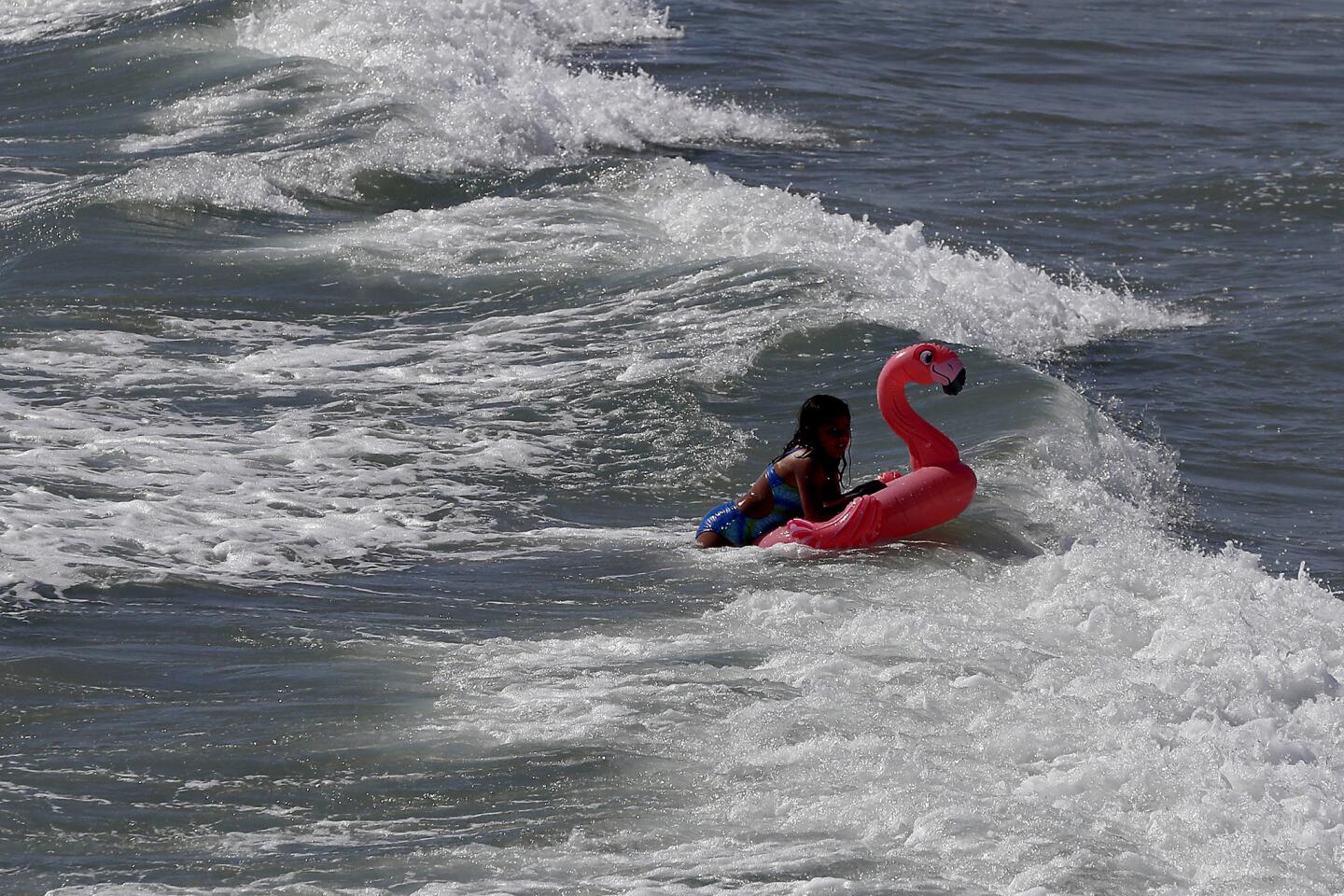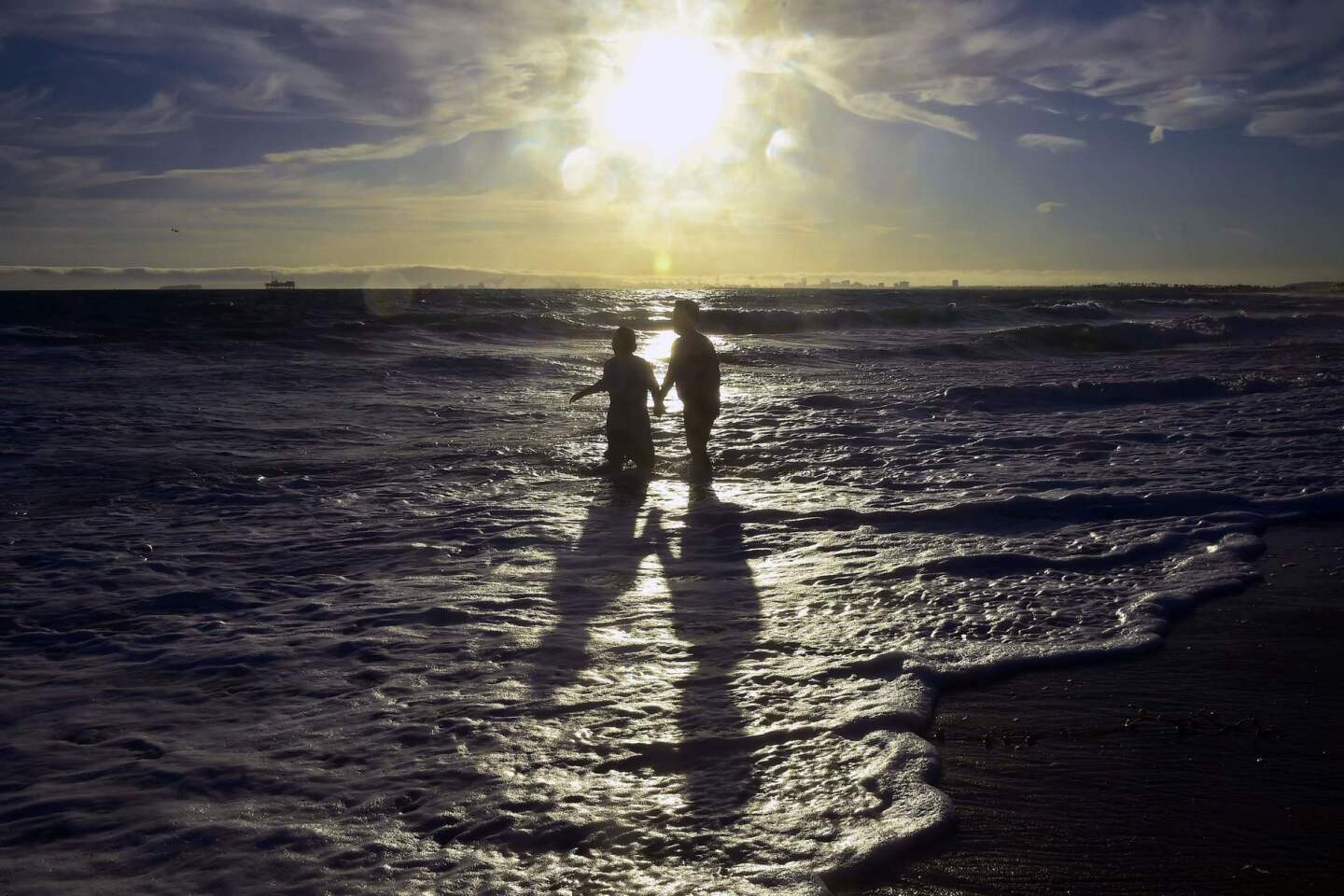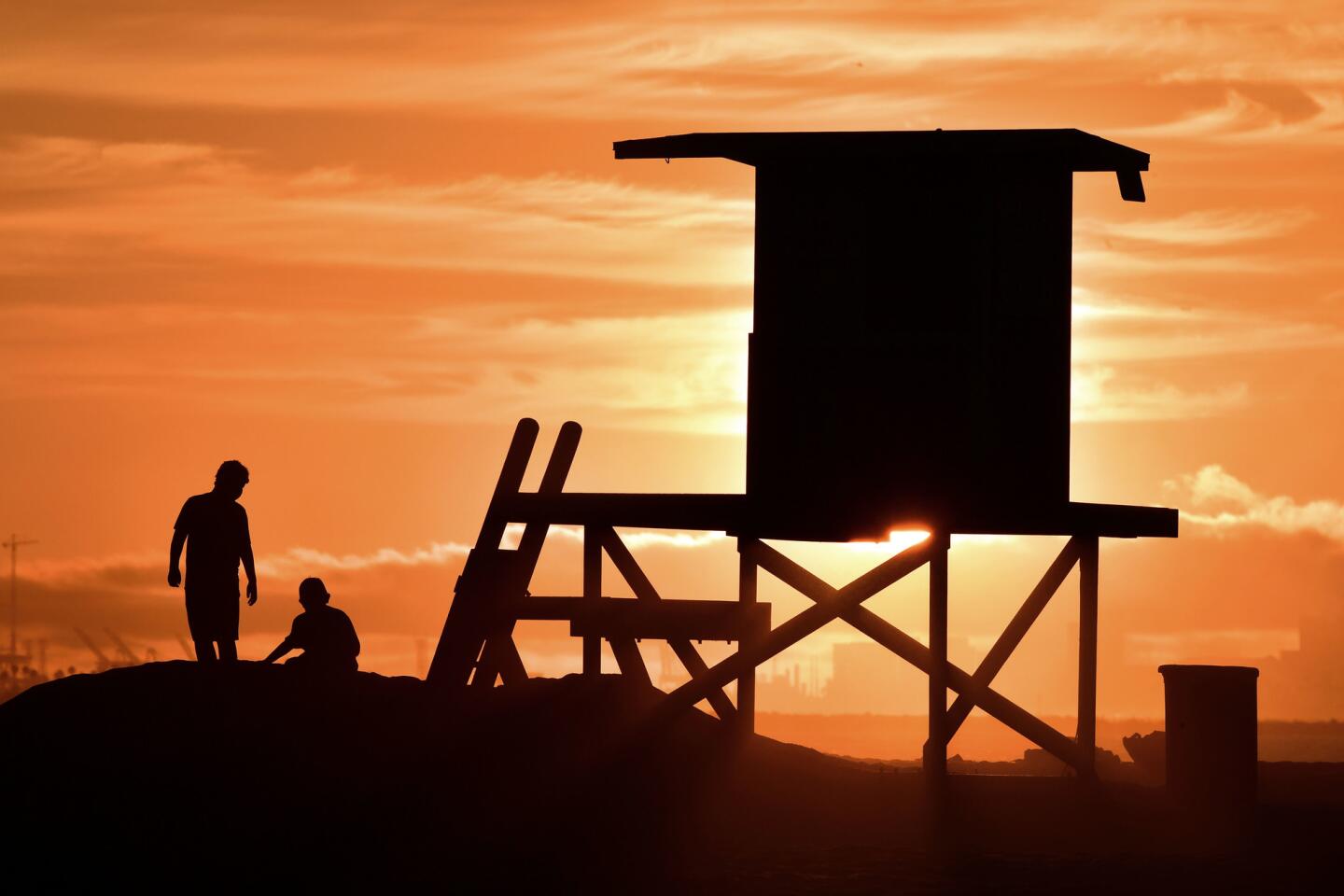To keep electricity flowing to Angelenos, the DWP says it might cut their power

- Share via
To prevent Angelenos from suffering long and agonizing power outages in scorching weather, the Los Angeles Department of Water and Power says it might have to cut their electricity.
Utility officials said Tuesday that “planned outages” that are advertised to residents beforehand will be needed to upgrade aging infrastructure.
DWP General Manager David Wright raised the idea two weeks after a blistering heat wave that left more than 100,000 customers without electricity at some point, some of whom went days without power. Wright said the practice, standard in the industry, would involve notifying residents in advance that their power would be out during specific hours on a selected day.
Dan Barnes, director of power transmission and distribution, said the utility already does some planned outages for replacing equipment, but usually keeps electricity flowing to Angelenos as it replaces old cables, by switching to another cable while work is underway. Shutting off the power would help crews get the work done more quickly, Barnes said.
Utility spokesman Joseph Ramallo said there were no immediate details about the scope of the planned outages, but that they could affect neighborhoods across the city where electrical upgrades are already planned. Wright said the department would cancel any planned outages if the weather turned out to be hot on the chosen day.
The utility also wants the city to loosen restrictions that prevent its crews from working in the street during “peak traffic hours” in the morning and afternoon. Those rules leave workers with little time to get the work done, Wright said.
“We can work between 9 and 3, but a half-hour for traffic control and a half-hour for a lunch … that’s like five hours of work,” he told the Board of Water and Power Commissioners.
During the power outages earlier this month, many residents complained the DWP had given them little information as they weighed whether to leave their homes or board their pets. City Councilmen Mitch O’Farrell and David Ryu, who represented some of the hardest hit areas, said they were deluged with complaints from frustrated residents.
Wright told board members that as crews were laboring to fix the problems, they could not give precise answers about when power would be restored.
However, the DWP chief said the utility needed to be clearer with residents about where they could find information and what work was being done. He told the board that within the next year, the utility will roll out a new system to send text messages to residents about power outages in their neighborhoods.
Wright said the utility also needed to encourage residents to prepare ahead of time for power outages, especially if they had medical needs that required electricity, by buying a small generator or a phone charger that runs on solar power. That could be crucial in an earthquake or another emergency, he said.
Extreme temperatures are not going away, Wright told the board. “This is what the future looks like for us,” Wright said, “We are seeing real extremes in the way of what we’re having to deal with.”
As temperatures spiked again Monday, roughly 3,800 people lost power, including 3,500 customers in Beverly Grove who got their electricity restored later that evening, according to the utility. By the middle of the day Tuesday, only a few dozen people were reporting problems, Ramallo said.
In recent years, the DWP has boosted spending on in its electrical infrastructure, utility figures show. Wright said its average frequency of outages compares well to other California utilities.
But Fred Pickel, the city ratepayer advocate, pointed out that the DWP lags many other California utilities in how long it takes customers suffering an outage to get their power restored.
“That’s the area where we need work,” Pickel told the board, adding that lengthy waits for customers left without power are generally a sign that field staffing is too low.
Pickel later added that he was not weighing in on whether staffing was adequate during the recent outages — the data do not cover that period — but that “in general, we need more field staff for line work and available for emergency outage restorations.”
Twitter: @AlpertReyes
More to Read
Sign up for Essential California
The most important California stories and recommendations in your inbox every morning.
You may occasionally receive promotional content from the Los Angeles Times.






